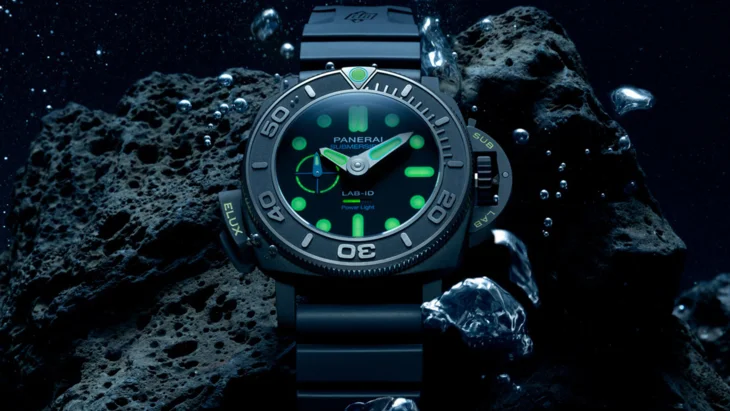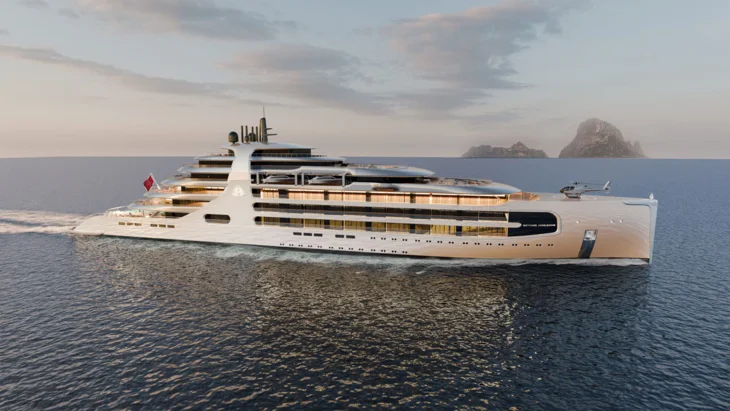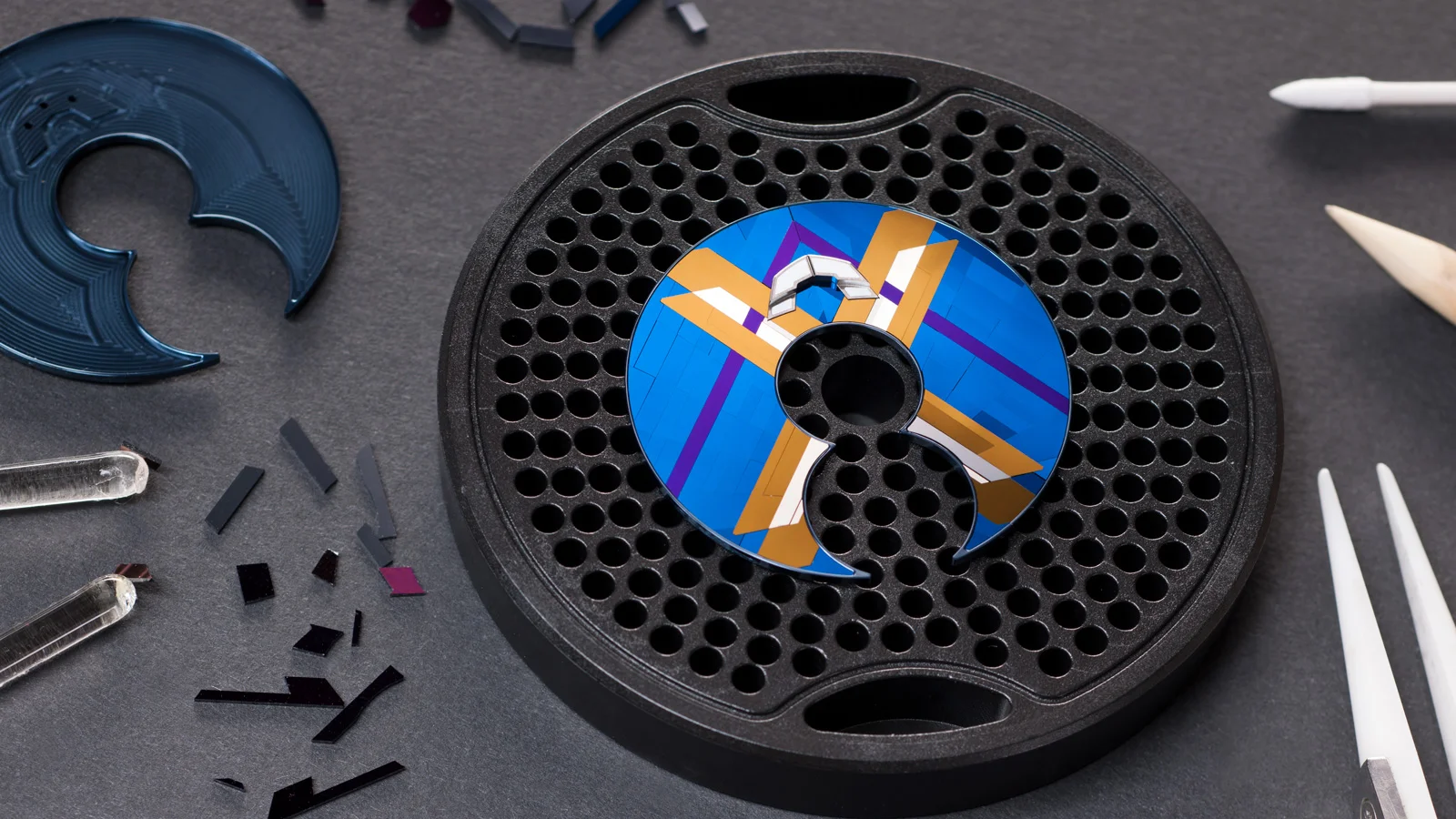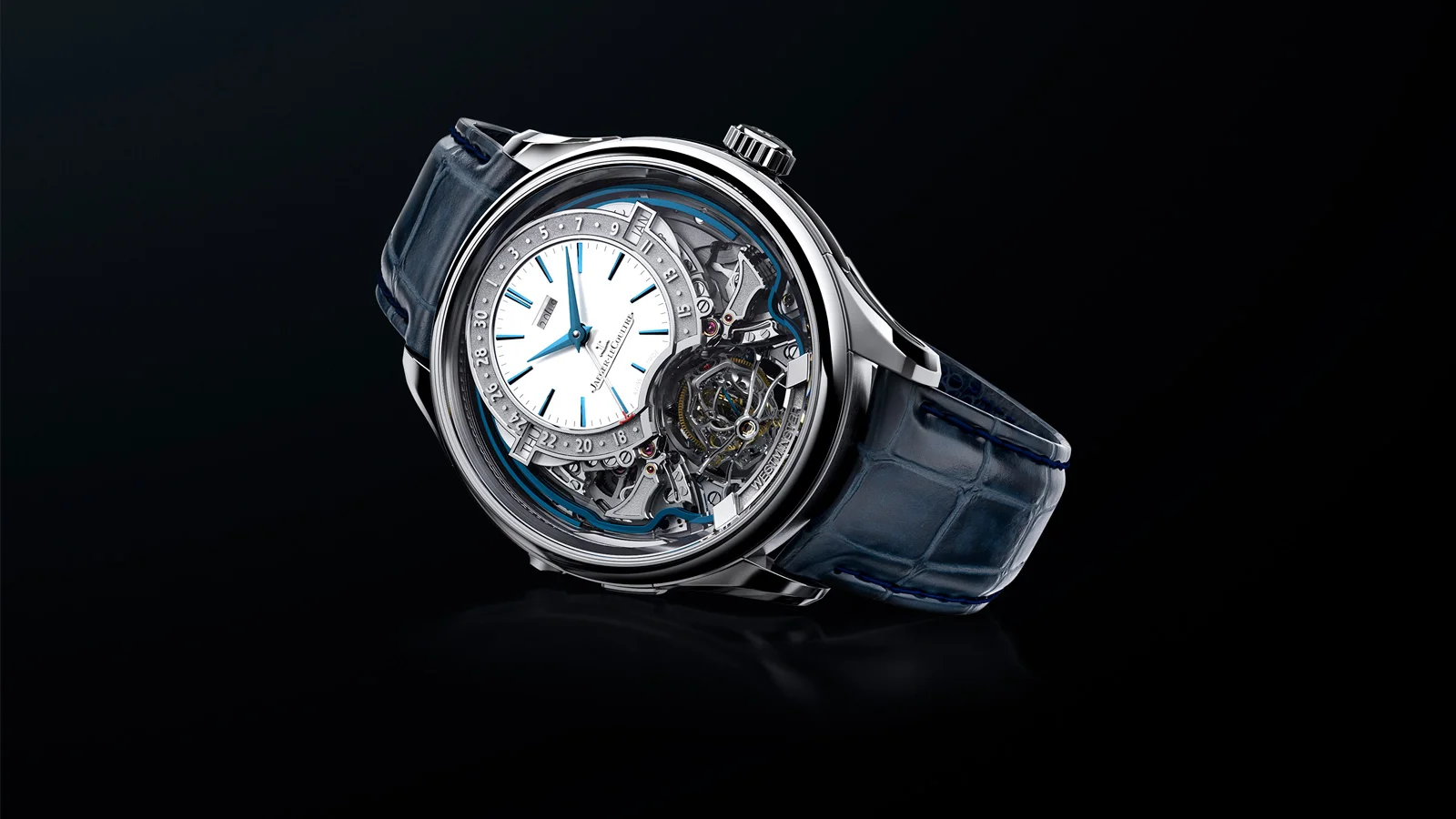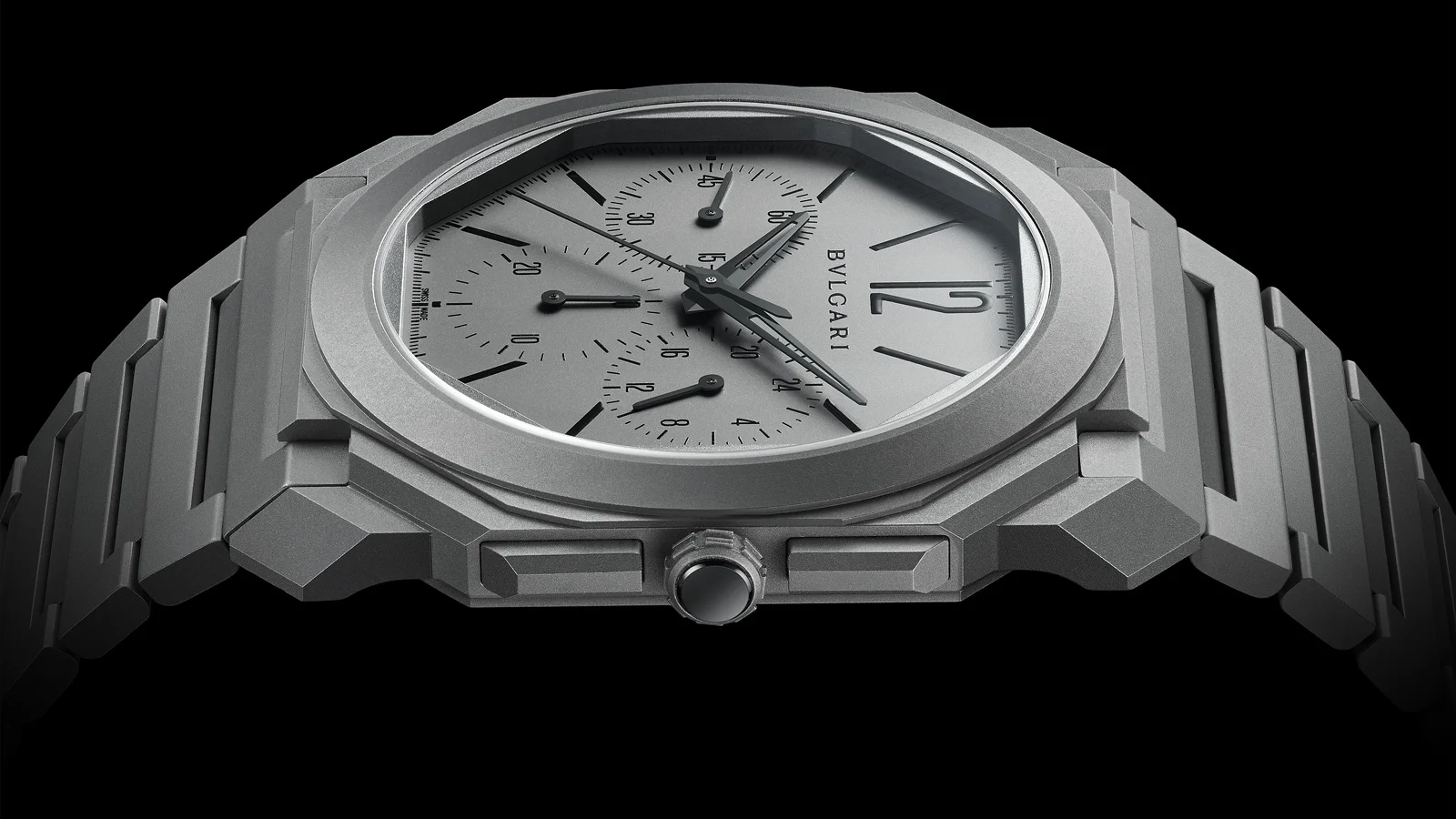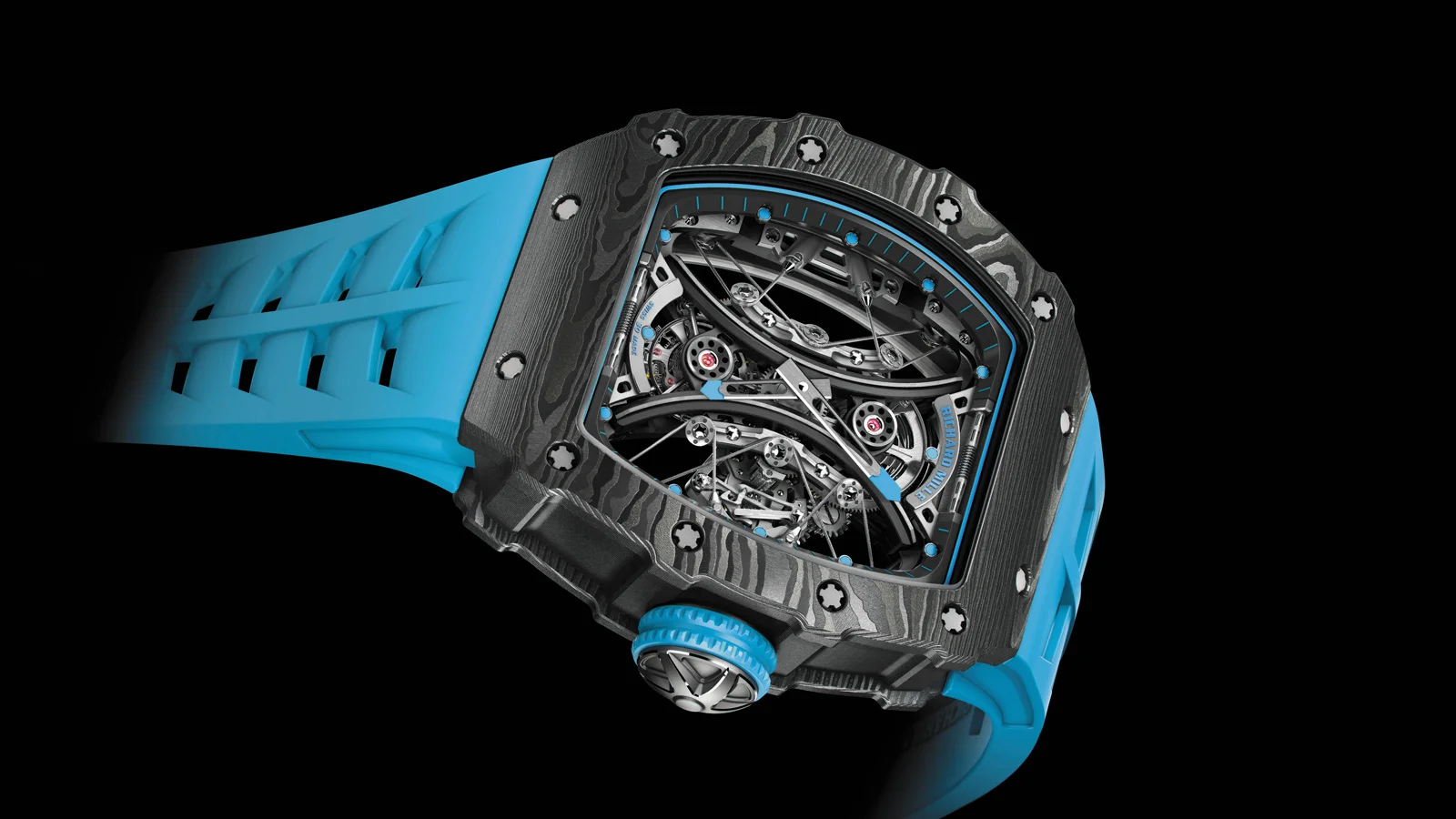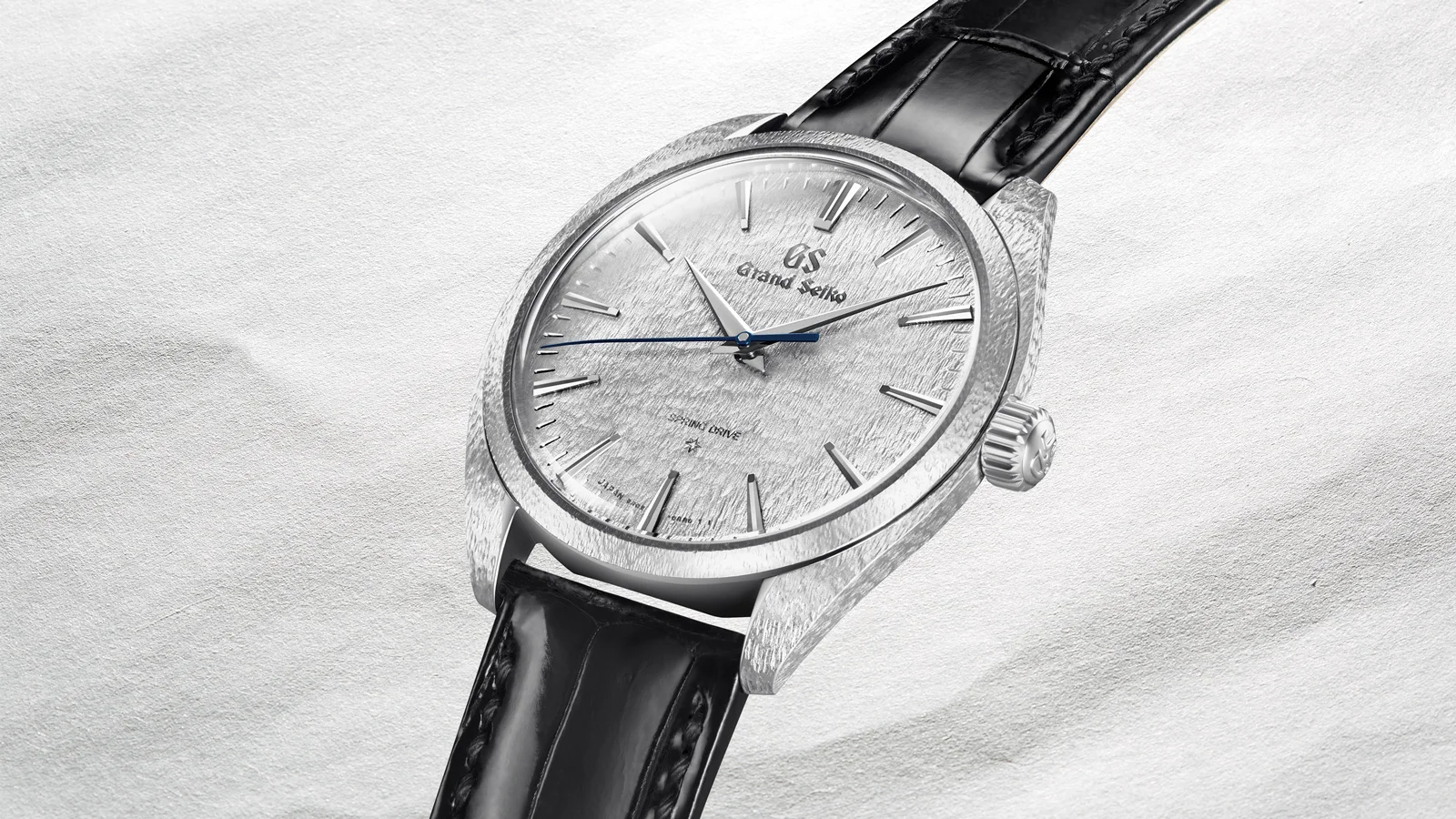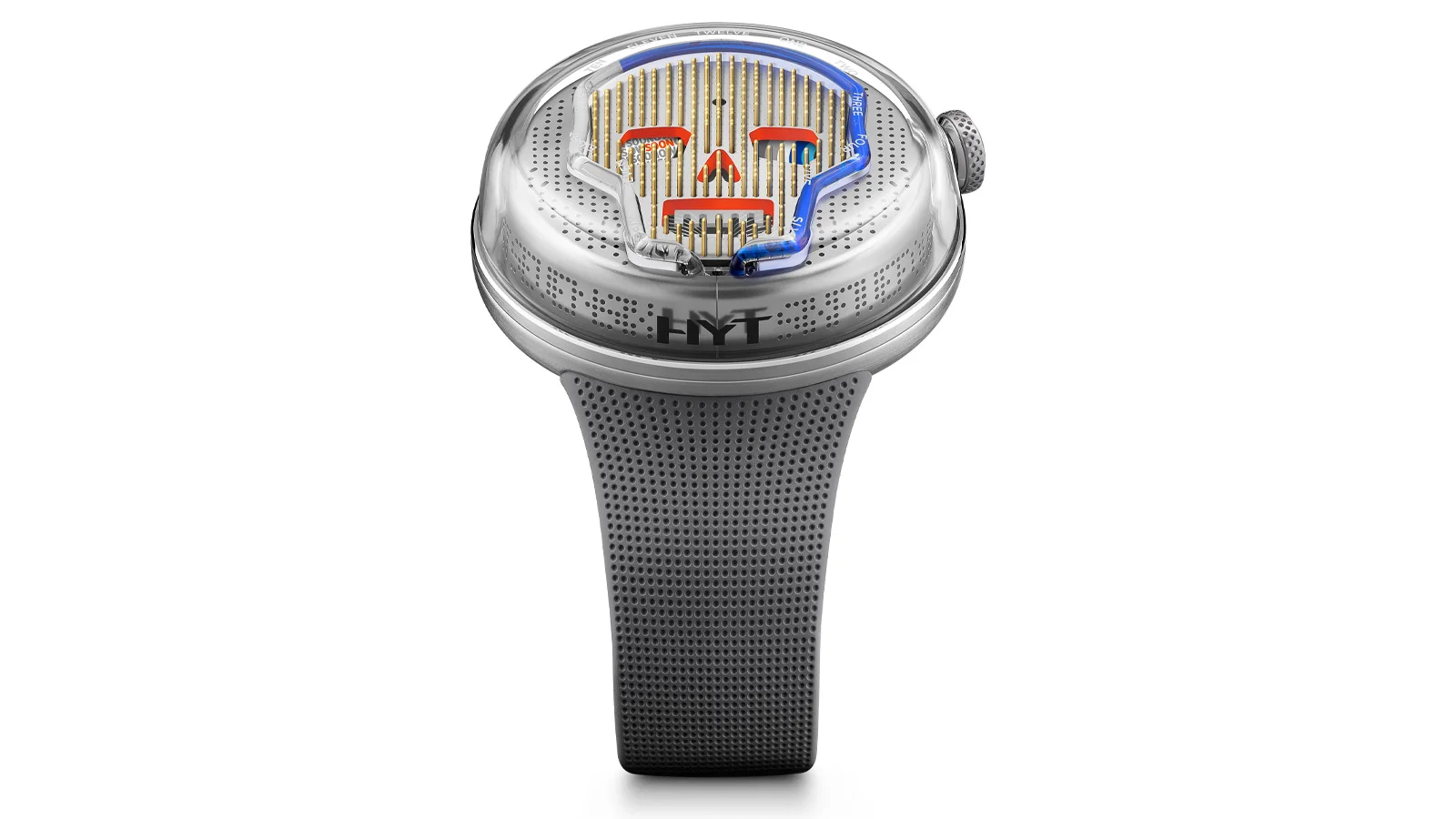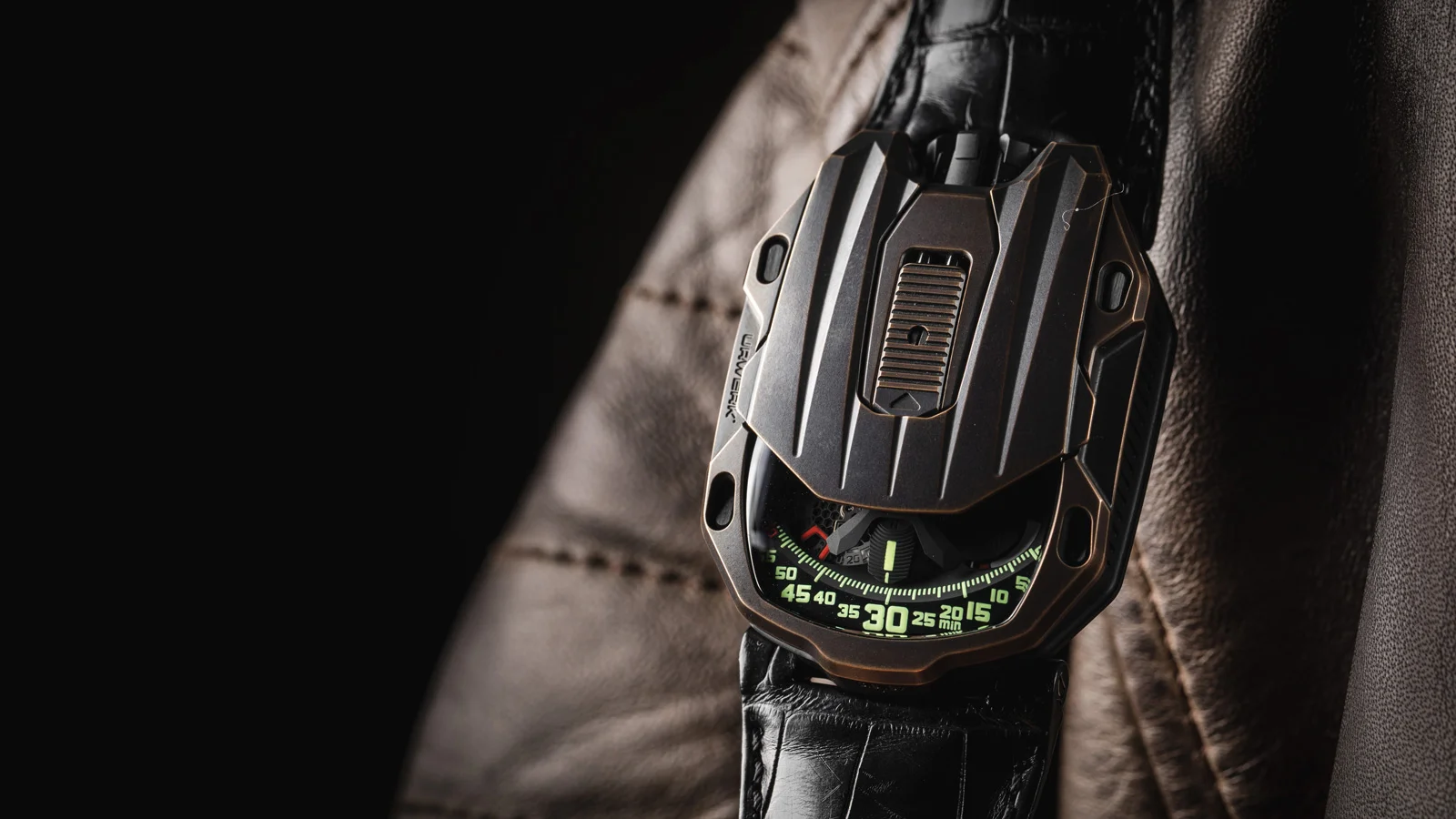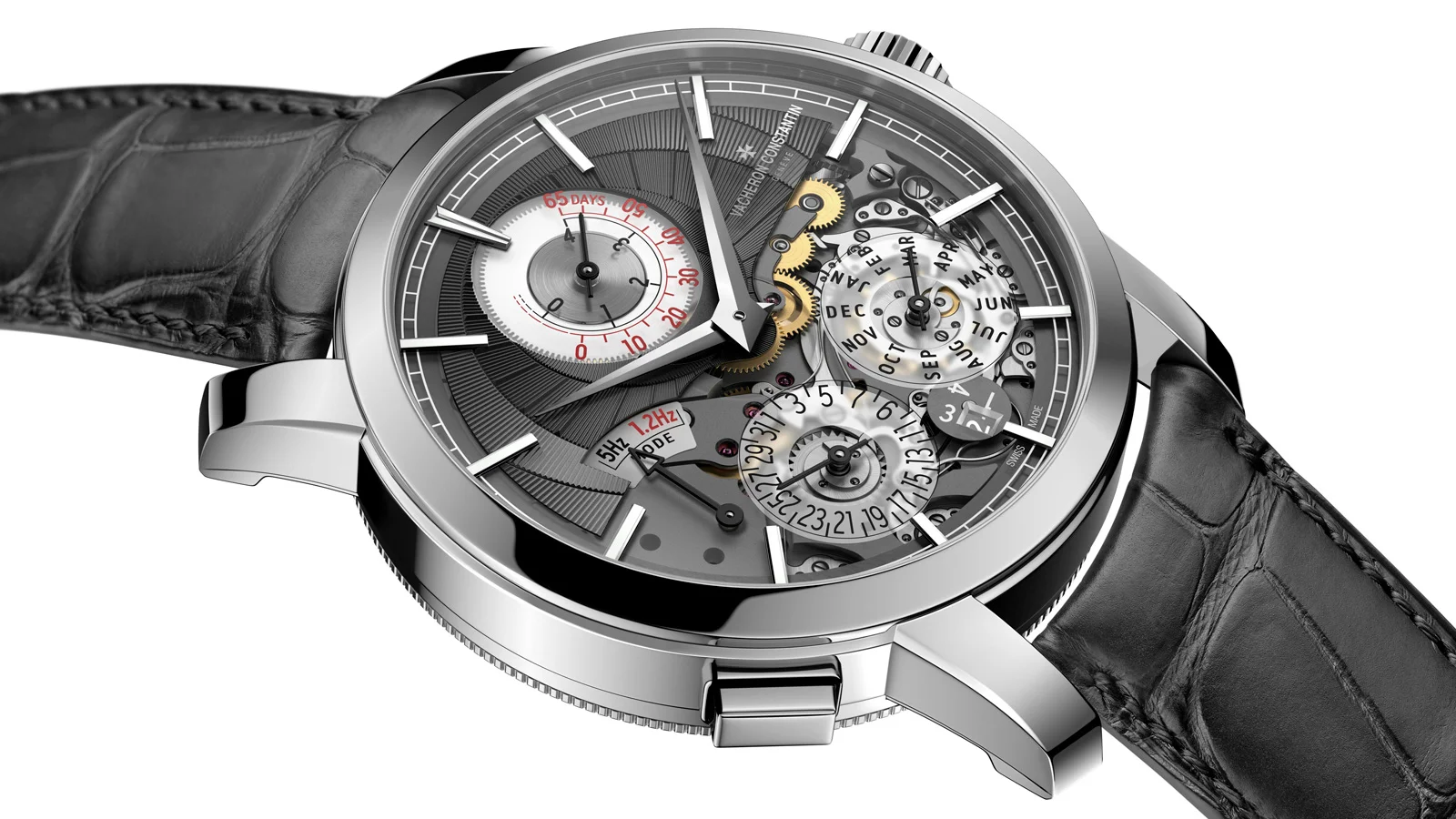Inventions of time

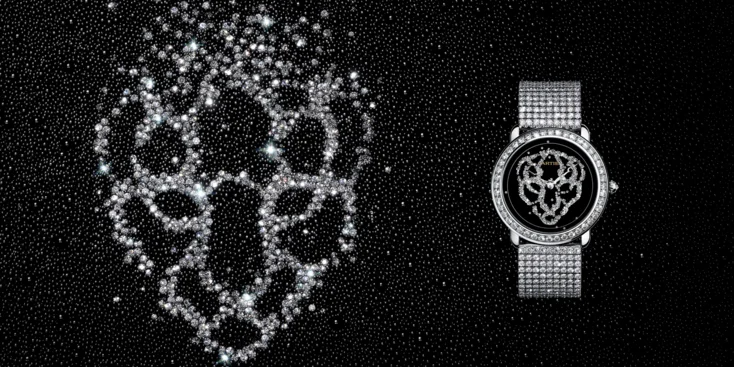
Silicon etching
The technology of making miniature silicon components called DRIE (which stands for ‘Deep Reactive Ion Etching’) was initially developed for the electronic industry, as silicon is an excellent semiconductor. But it turned out that this process, which is dramatically different from traditional turning, is ideal for making the hairspring and the escapement. The gist of the process is the following: the necessary detail is not turned, but first it is etched on a silicon wafer by photolithography, and then layer by layer it is built up with the help of galvanoplasty method with micron accuracy. Dr. Ludwig Oechslin, a famous watchmaking theorist, paved the way for this method, when he was looking for a suitable material for the hairspring of his Freak concept for Ulysse Nardin.
In 2001 Dr. Oechslin finished working on Freak and published an article about the prospects of silicon in watchmaking. It was a real technical revolution, as silicon is a hard, light material, impervious to magnetic fields and requiring no lubrication. Over the recent years silicon has found its way to almost all the leading Swiss watch brands, and not only for practical reasons, but for esthetic ones, too. For example, this year Ulysse Nardin, the pioneer of the technology, introduced an unusual version of Freak X Marquetry with a face made in the decorative technique of marquetry, and not of wood or mother of pearl, but of silicium.
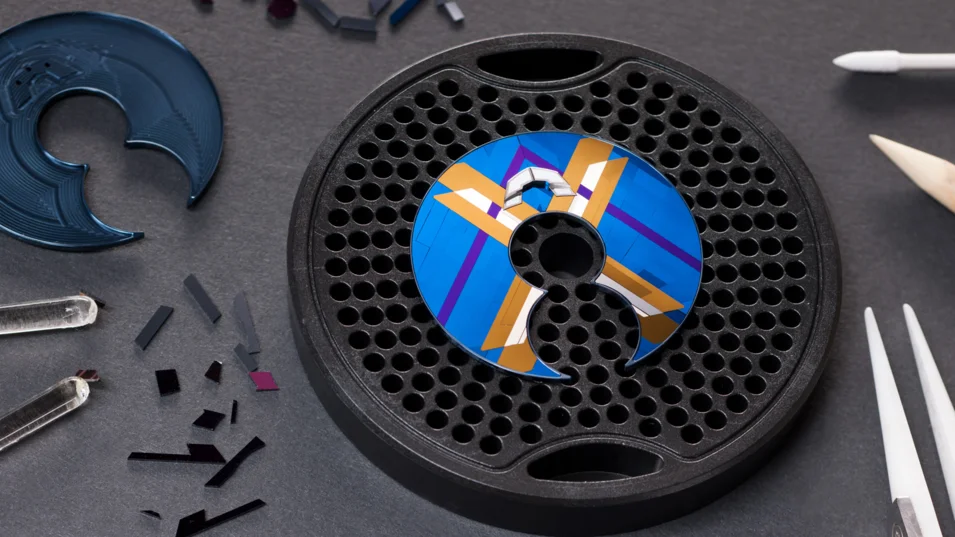
Balance spring
The use of silicon, the material that is light, impervious to temperature fluctuations and friction, led to a sharp rise in experiments with balance springs and escapements, and even to the bold idea of reconsidering the mechanical oscillator, where the oscillation does not necessarily have to be caused by rotation. In 2013 Girard-Peregaux demonstrated their Constant Escapement watch, where the classical balance was replaced with a silicon blade. In the premier of 2017 from Zenith Defy Lab there was no balance spring system at all: it was replaced by a single component made of bulk silicon. It does not need any adjustment or lubrication; it is not subject to any temperature or magnetic issues, and it has the frequency of 108,000 vph.
The construction that is 0.5 mm wide takes almost the whole space of the movement, so it is fun to watch the silicon arms pulsating under the sapphire dial. And if Defy Lab was a concept with only 10 copies, in 2019 in Basel Zenith introduced a serial version of Defy Inventor with a silicon oscillator working with the frequency of 129,600 vph and capable of measuring up to 1/100 of a second.
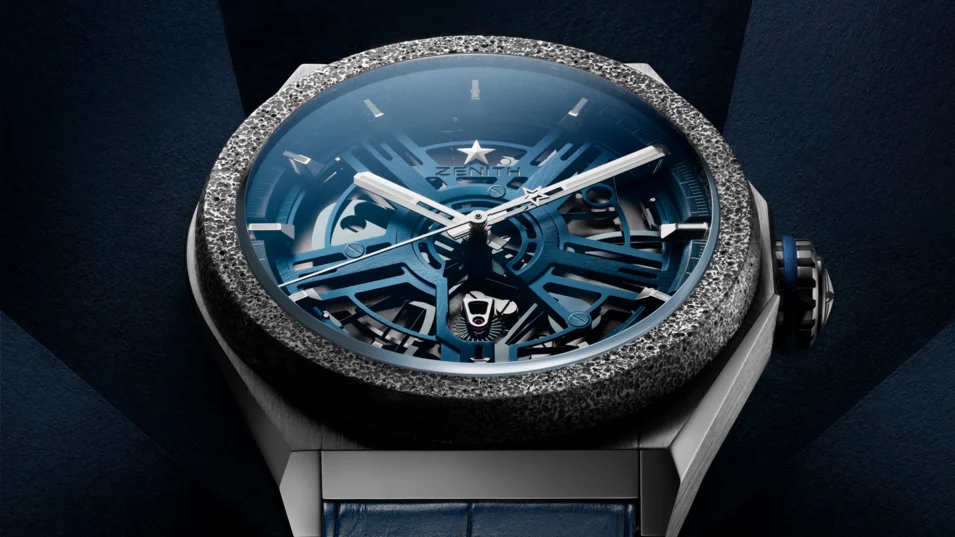
Independent escapements
To enhance the accuracy about two hundred years ago watchmakers came up with the idea of using not one, but a few oscillators that resonate with each other. In 2019 Vacheron Constantin was the first to introduce a movement with two independent escapements that the owner can activate with one button at his wish. What for? As we know, the higher the frequency, the more accurate the watch is, but the higher the frequency, the faster the power reserve is spent.
The owners of Traditionnelle Twin Beat Perpetual Calendar are capable of determining, which mode they want his watch to work: if you switch the caliber of 3610 QP running at the frequency of 36,000 vph, then the power reserve will be 4 days. If you choose to leave the watch in a safe, there is the second mode with the frequency of 8,640 vph. In this case the accuracy will decrease by a couple of minutes, but the power reserve will go up to 65 days without winding. This is particularly important for the function of the perpetual calendar, which now can be left unattended for a couple of months without any fears that the settings will go wrong.

Hybrid mechanics
The Japanese watchmaking giant Seiko will always be remembered as the pioneer of a quartz watch. However, in the new century the company gave the world one more amazing technology that united the advantages of both quartz and mechanical timepieces. In fact, the concept of Spring Drive – the watch with an electronic regulator working from a standard mainspring – appeared back in late 1970s, but only in 1999 Seiko managed to present the first commercial model with this kind of movement, and in 2005 there was a premier of the first automatic-wind Spring Drive watch. Today it is probably the most practical classical watch in the world. Spring Drive has the same level of accuracy as a quartz watch, 15 seconds a month, and the movement is not affected by the position in space or the wind degree, and it has no batteries. The immediately recognizable feature of Spring Drive is the absolutely smooth and silent glide motion of the second hand.
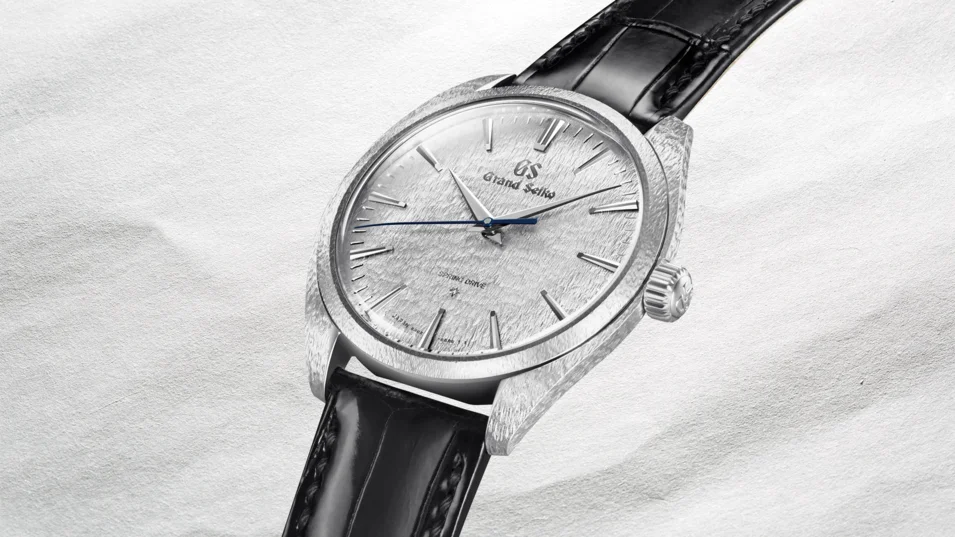
Peripheral rotor
Automatic winding is a very practical thing, but a traditional rotor has two disadvantages: it increases the thickness of the movement plate and does not allow you to enjoy the beauty of the bridges finish. The solution is the peripheral construction of the automatic winding, where the rotor is a rim with a weighted sector, not fixed in the centre. It rotates on special ball bearings, most often ceramic ones. Carl F. Bucherer was the first to introduce a system like this in 2008, and 10 years later, for the company’s 130th anniversary Manero Tourbillon Double Peripheral model was presented, where there was a peripheral tourbillon carriage without any bridges, and it was fixed on ceramic ball bearings, too. It should be noted that over the last 10 years this kind of automatic winding has become one of the most popular and promising directions in mechanical watchmaking. Jaeger-LeCoultre, Audemars Piguet, DeWitt presented their own systems, and so did Bvlgari, which installs such rotors in their ultrathin products, including the new record of 2019, Octo Finissimo Chronograph GMT Automatic, which is the world’s thinnest chronograph of only 6.9 mm.
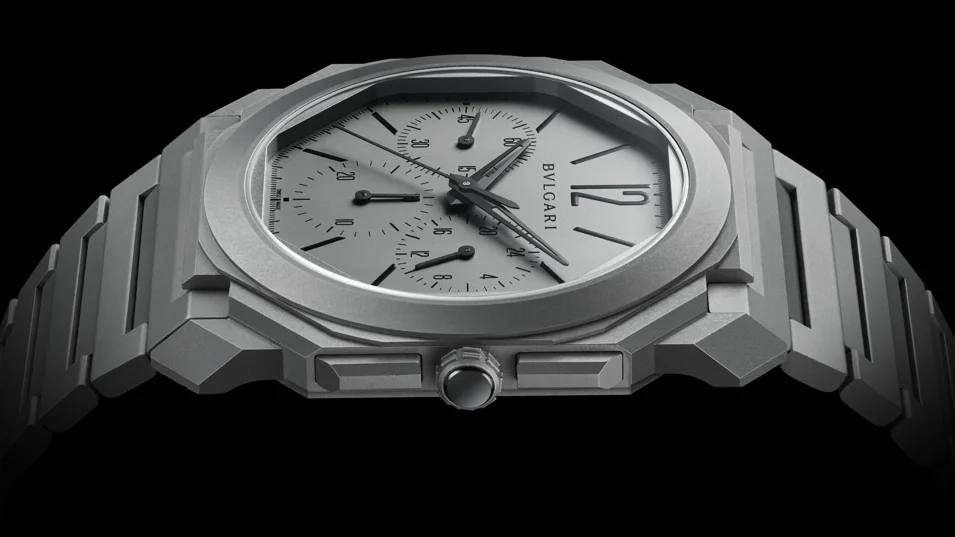
Pneumatic turbines
Another issue with automatic winding that active lifestyle enthusiasts face is the excess of energy, when due to frequent hand movements the spring is wound too much. In 2008 Urwerk, the innovative brand that got its fame at the end of the 20th century as the inventor of a special ‘satellite’ indication, presented the first movement, where the intensity of winding was regulated by pneumatic micro turbines. The owner can set the gaps between the turbine blades on his own, thus increasing or decreasing the air flow pressure and the rotor ‘acceleration’ accordingly. This allows one to avoid excessive winding when the owner is, for instance, doing sport. UR-105 CT Maverick has three modes: ‘Full’ to get maximum energy, ‘Red’ (for reduced) to decrease the pressure on the rotor and ‘Stop’ to disable the winding system.
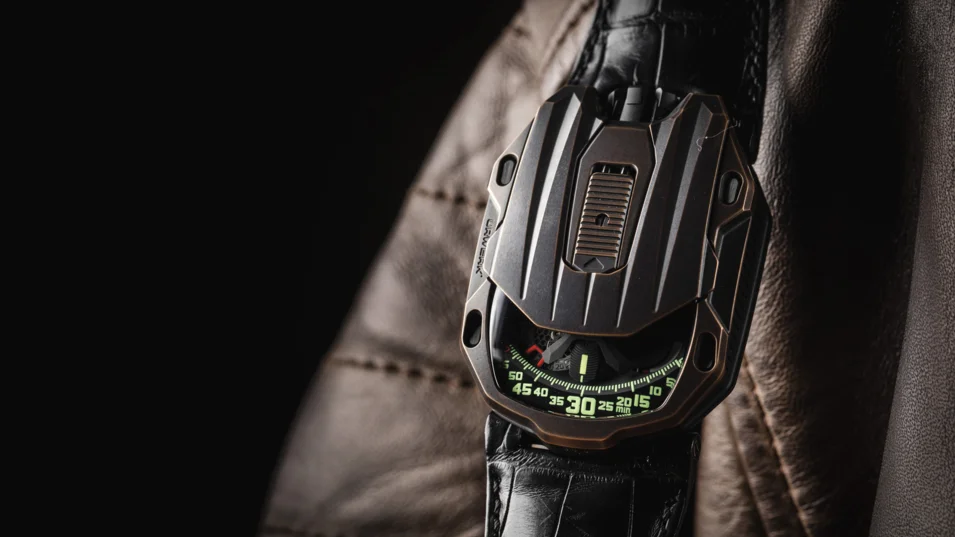
Gyrotourbillon
At the end of 18th century, the great Breguet discovered that gravity influences the precision of timepieces and patented a tourbillon – the mechanism that compensated for this effect. However, the inventor who put the balance into the tourbillon carriage that made a full circle in one minute expected that the position of the pocket watch would be vertical. As for the wristwatch, it was more spectacular than efficient. The breakthrough took place in 2004, when three brands at once – Jaeger-LeCoultre, Franck Muller and Greubel & Forsey – presented double-axis tourbillons with two carriages rotating both vertically and horizontally. And the powerful manufacture from Le Sentier was the first to start serial production of the multi-axis tourbillon. Jaeger-LeCoultre Gyrotourbillon I in a round platinum case made history as the first double-axis tourbillon compensating the positional error. In 2019 Jaeger-LeCoultre presented their fifth gyrotourbillon, Master Grande Tradition Gyrotourbillon Westminster Perpetuel with a perpetual calendar and the Westminster carillon.
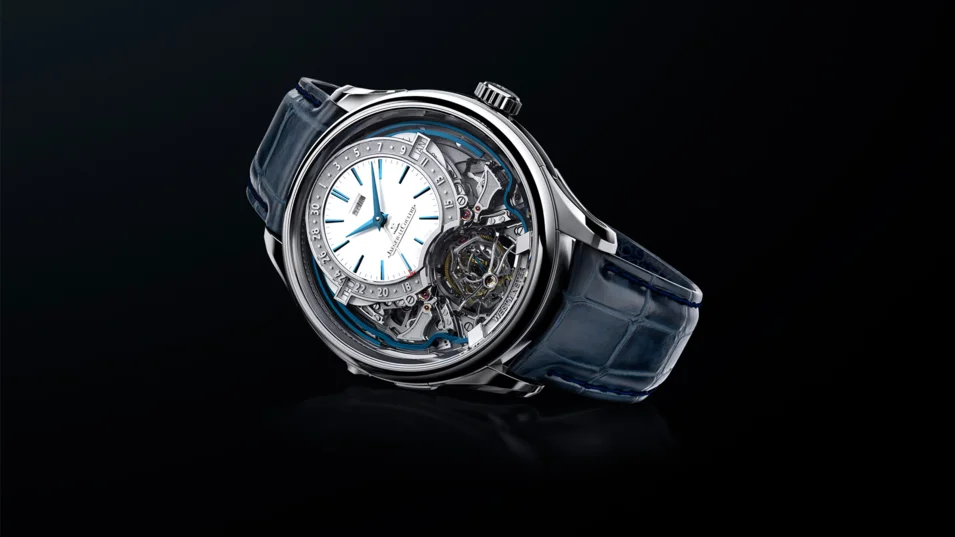
Cable suspension mechanism
Richard Mille achieved a special position in the world of watchmaking thanks to his original concept of a tourbillon with G-Shock features – a complicated mechanical timepiece that can stand any kind of shock, for which he applies the most advanced NASA level technology and material. The watch is tested for durability by famous sportsmen. For example, in 2014 Mille produced RM 053 Pablo Mac Donough for the Argentinian polo player, Pablo Mac Donough: the case was made as a solid titanium shield with two windows for the tourbillon and the hands, both of which are located at a 30-degree angle. The construction immediately became a cult. But Richard Mille didn’t find it spectacular enough, so in 2018 he presented a new model, RM 053-01 Pablo Mac Donough in a case made of carbon, with two panoramic antishock sapphire glasses, where the movement is literally hung on two durable 0.27 mm cables. The cables are fixed by four tensioners that go through 10 pulleys, thus forming a three-dimensional structure that can absorb any shock easily.
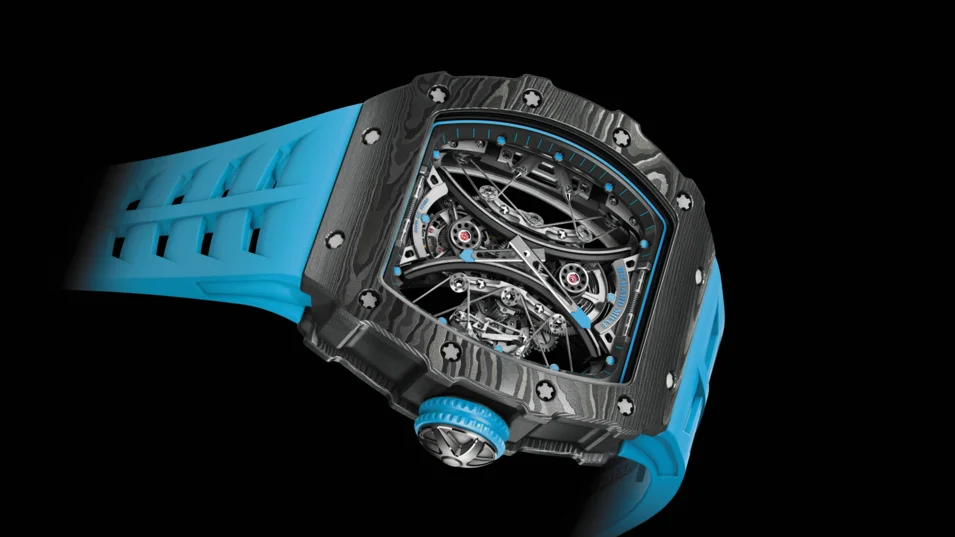
Liquid time
New technologies have even made it possible to implement the idea of the ancient water clock, the clepsydra, in wrist timepieces. In 2012 there was a debut of hydro mechanical indication from HYT brand, the development of which had taken them ten years. Instead of the hour hand they use two liquids of different polarity in the molecules that are propelled through the bellows located at six o’clock. One liquid is transparent, oil-based, and the second one is coloured antifreeze (for the watch not to stop in the cold). The coloured liquid gradually fills in the capillary around the dial, pushing out the transparent one and thus indicating the time in a way similar to a thermometer. On the basis of this hydraulic trick HYT have already come up with 7 different collections, including the latest avant-garde one, SOONOW, where the skull-shaped bellow is braided among 313 gold pins.

Captured moment
The inventions that take years of calculations and experiments do not necessarily apply to the watches’ functionality only. Thus, it took Cartier engineers five years to create the technology of a disappearing image in Revelation d’une Panthere timepiece that was first presented in 2018. There are 900 gold beads floating between the black dial and the glass in a special kind of liquid. When you turn the watch into a horizontal position just for a moment they form the shape of a panther head. The technology, including the special liquid of particular viscosity as well as the glass with invisible dividers, got a few patents. In the 2019 version the concept became even brighter, as the gold beads were replaced with 1,289 diamonds, totalling 19.39 carats. The appearance and disappearance of the diamond image can be watched forever. Isn’t it the very essence of the flow of time?
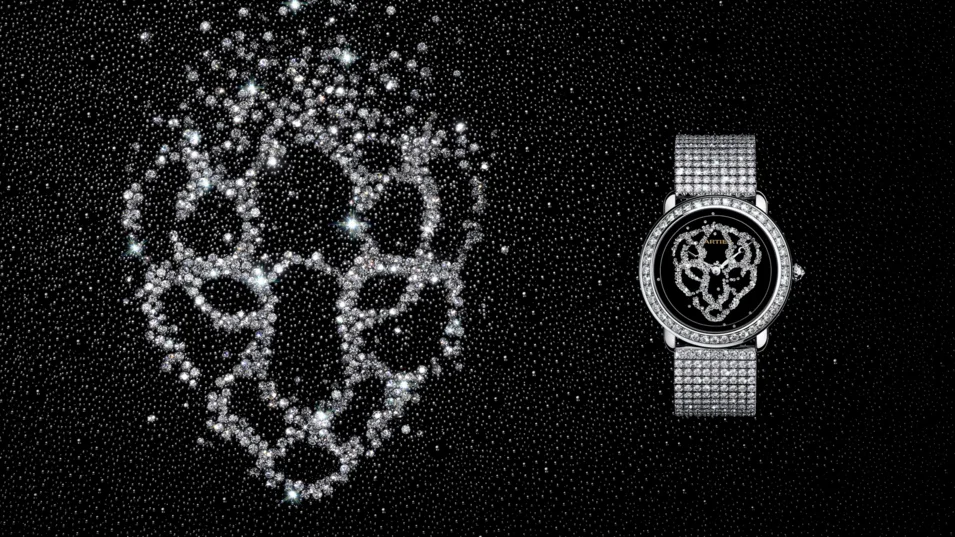
You have successfully subscribed to our newsletter
